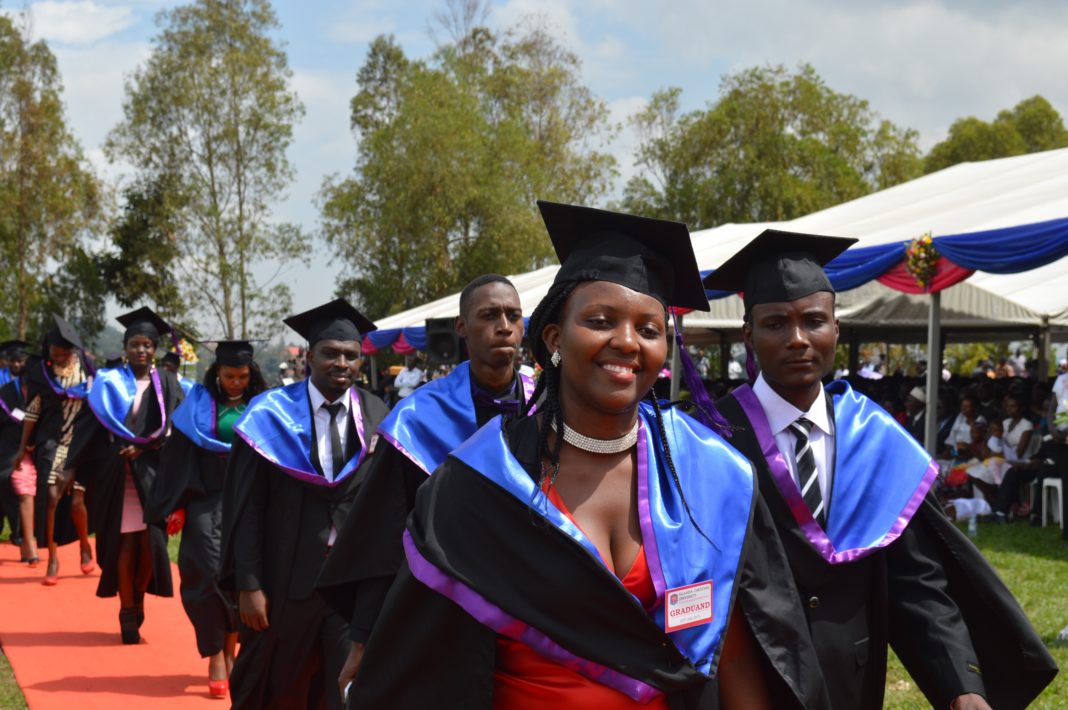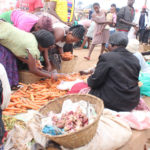Countries in Sub-Saharan Africa have failed to move their tertiary education systems from highly elitist to mass-based when compared with other regions in the world, according to a new World Bank study.
According to the report Sharing Higher Education’s Promise Beyond the Few in Sub-Saharan Africa, international experience suggests that university education often starts off being biased towards the elite but as it expands it becomes more equitable. This has not been the case in Sub-Saharan Africa.
“Subsequently, the selection process has remained based on persistent and systemic social and economic inequities and disparities dictated by gender, geography and ethnicity,” said Dr Jaime Saavedra Chanduvi, a senior director at Education Global Practice, a unit of the World Bank.
In 1970, there were fewer than 400,000 tertiary students in the region. In 2013 that number had risen to over 7.2 million. According to the report, during the same period, the gross enrolment index for tertiary education in the region grew at an average annual rate of 4.3%, as compared with a global average of 2.8%.
In terms of institutional growth, between 1990 and 2014 the number of public universities in the region increased from about 100 to 500. During the same period, the number of private tertiary institutions increased from about 30 to over 1,000. In some countries that include Chad, Cote d’Ivoire, Congo and Uganda, the share of enrolment in private universities has tripled or quadrupled over the last decade.
Relatively low gross enrolment ratios
Although the increase appears to be phenomenal, tertiary enrolment rates in Sub-Saharan Africa are by far the lowest in the world, as the gross enrolment ratio (the number of students enrolled in a given level of education, regardless of age, expressed as a percentage of the official school-age population corresponding to the same level of education) stood at 8.5% in 2013, as compared with 40% in Latin America in 2010, or the current global average of 26%.
The average percentage for Sub-Saharan Africa masks wide disparities between countries, as some countries such as Central African Republic, Malawi, Chad and Niger have enrolments in tertiary education of only 2% or less.
According to Dr Peter Darvas, the principal author of the report, and his associate researchers that included Shang Gao, Yijun Shen and Bilal Bawany, students from households whose income is within the highest 20% of the population dominate enrolment in universities and other tertiary institutions across Sub-Saharan Africa.
“On average, between 1998 and 2012, tertiary enrolment for students from the bottom 80% of households by income increased by 3.1% as compared to 8% for students from the highest 20% of households,” noted the researchers.
Unfortunately, the trend is not about to change. Since 1970, in all countries in the region, the gross enrolment ratio for low-income students in higher education has continued to grow at a much slower pace than that for students from the highest 20% of households by income. The report noted that enrolment disparities were relatively higher in Francophone countries as compared to Anglophone countries.
Similarly, from a geographic point of view, countries in East and West Africa have higher levels of equity than their peers in South and Central Africa. South Africa and Kenya, for example, were reported to have the highest income gaps between rich and the poor in the region, a situation that has largely influenced access to university education in the two countries.
Beyond enrolment issues, poor students who join universities are also more likely to drop out than peers from privileged socio-economic backgrounds, or even to take much longer to complete their studies.
A head start for the rich
According to the World Bank report, access to higher education in Sub-Saharan Africa seems to be the ultimate imperfect competition for public goods and involves the sidelining of the poor.
The issue is that students from rich backgrounds usually have a head start as they attend some of the best schools and consequently are well prepared for higher education. In sharp contrast, students from poor households in urban slums and rural areas are less likely to get quality schooling at lower levels and most of them are not prepared for higher education, says the report.
Another factor undermining equity of access to education in many countries in Sub-Saharan Africa is embedded in the public financing of elite tertiary students, most of whom are sourced from the best secondary schools that are mainly attended by students from wealthy households.
According to the study, increased demand for tertiary education in Sub-Saharan Africa has attracted market forces that have brought a new entrepreneurial spirit into what was originally regarded as a social service.
Subsequently, the traditional sharp division between universities and non-university tertiary institutions such as the polytechnics and business education colleges has become increasingly blurred. In some countries, universities have not only upgraded traditionally non-university courses into degrees, but have also introduced a plethora of short-cycle diploma and certificate courses, exclusively for full-cost tuition-paying students.
One significant finding of the recent World Bank study is that the increase in private universities as well as private entry schemes in public universities has not automatically improved existing inequities in participation, as only students from high socio-economic backgrounds can afford to pay the costs of private university education.
High stakes
Revisiting the groundbreaking World Bank report from 2000 titled Higher Education in Developing Countries: Peril and promise which called for the scaling up of investment in tertiary education and research globally, Chanduvi said the stakes have increased for Sub-Saharan Africa with unprecedented population growth, political indiscipline, corruption and sluggish economic growth.
“Two decades since then, the region is still far away from equitably producing the human capital that the countries direly need,” said Chanduvi.
Across virtually all countries in the region that had data, the researchers noted that students from households in which the head of the family had completed secondary or university education were far more likely to attend university than their peers whose parents had no good education.
Thus the World Bank is concerned that effects of poor intergenerational educational mobility in Sub-Saharan Africa are likely to reinforce social stratification and equally entrench higher educational inequality from one generation to the next in most countries in the region.
Although gender parity has improved, the gap is still there, as on average, for every 100 male students enrolled in tertiary institutions in the region, there are 72 female students.
In a nutshell, the report paints a grim picture of how access to tertiary education in Sub-Saharan Africa has unduly benefited students drawn from the region’s high social classes, while the overall enrolment is disproportionately skewed in favour of male and urban.








